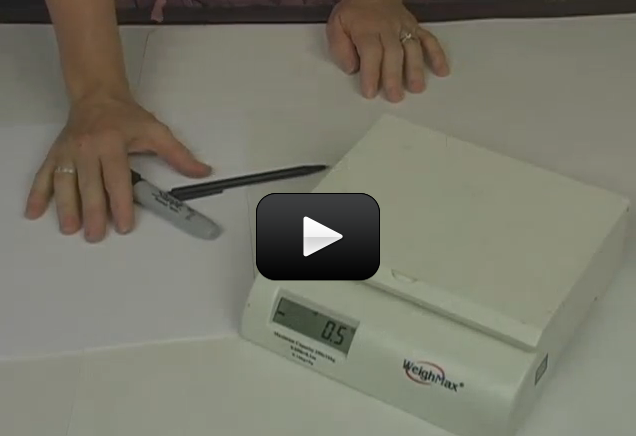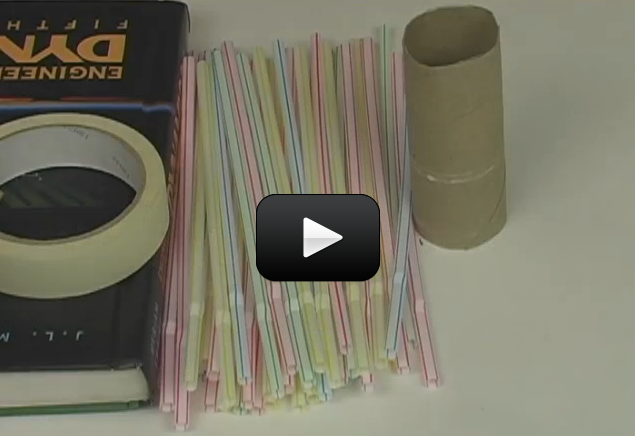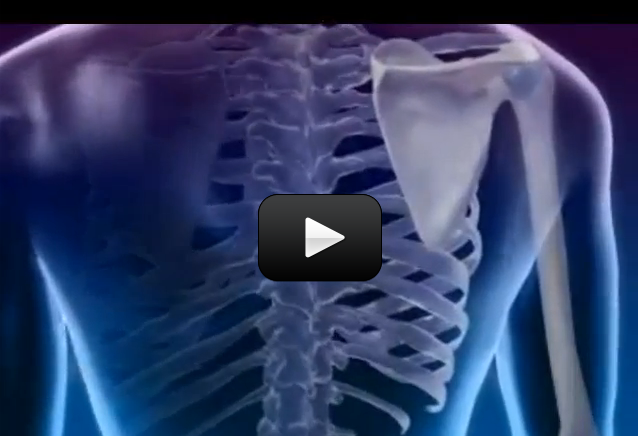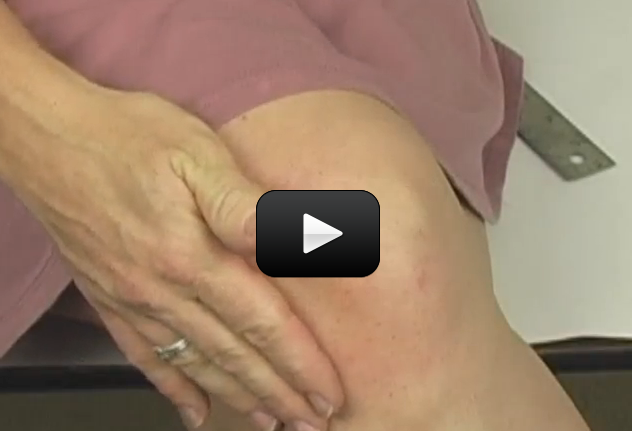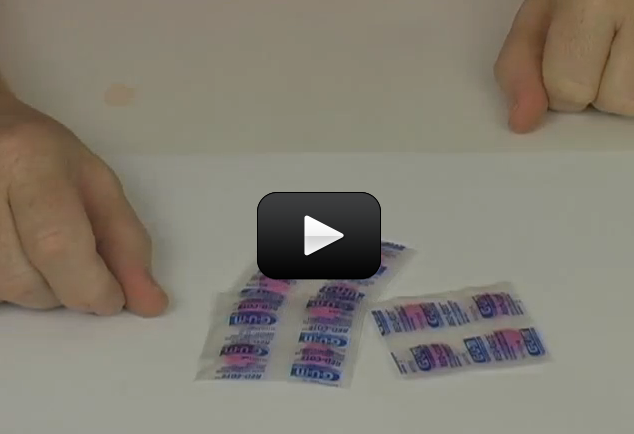Bones are made up of several parts; bone marrow (red and yellow), spongy bone, compact bone, and the periosteum. Bone marrow makes blood cells. Red blood cells are made in the red marrow, while white blood cells are made in the yellow marrow. When babies are born they only have red marrow. Spongy bone is a light, spongy type of bone found inside bones. Compact bone, on the other hand, is hard and makes up the outer layer of bones. The compact bone layer is covered by a thin white membrane called the periosteum.
Bones begin growing very early, and stop growing between the ages of 18-25. At about eight weeks of development, we form a skeleton of cartilage and other connective tissues. As we grow up, the cartilage becomes bone. Normally, we have all of our bones by our early twenties. We still keep some of the cartilage in areas like our nose and ears.
Joints are essential in how we move. Bones work as levers and the joints work as the fulcrums—making our movement easier. Some joints are fixed; for example, many in the skull. Some allow only little movement; for example, the vertebrae which make up the backbone. Lastly, there are movable joints; for example, our knees and elbows. These make up the three classes of joints: fixed joints, partly movable joints, and movable joints.
The keys to keeping the skeletal system healthy are: eating well, getting exercise, and taking care of injuries to the skeletal system.
Eating a good balanced diet is very important for overall health, but making sure to get specific nutrients help ensure a healthy skeletal system throughout your life! Those nutrients are: calcium and vitamin D. 1300mg of Calcium is recommended (one cup of milk has about 300mg of Calcium) and 200IU of vitamin D (31/2 ounces of cooked salmon is about 360IU of vitamin D). Calcium can be found in dairy products as well as broccoli and cabbage. Your skin makes vitamin D when exposed to sunlight. Additionally, fish is rich in vitamin D.
It’s important to get out an exercise to maintain a healthy skeletal system. When we exercise we put stress on our bones and stimulate them to stay strong. Exercising also keeps the muscles which work with the bones strong. Just remember to stretch and wear all the appropriate safety gear.
Lastly, if an injury occurs—a bone breaks or a ligament tears, for example—it’s important to see a medical professional as soon as possible. Otherwise, the skeletal system may not heal properly!

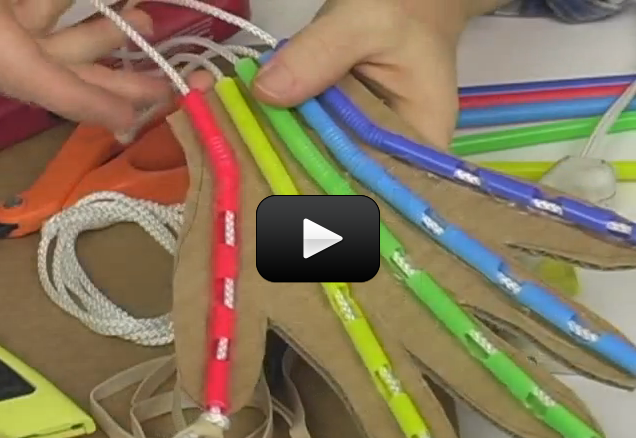
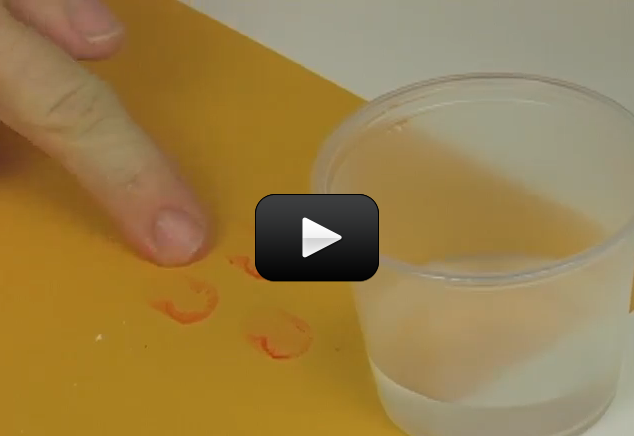
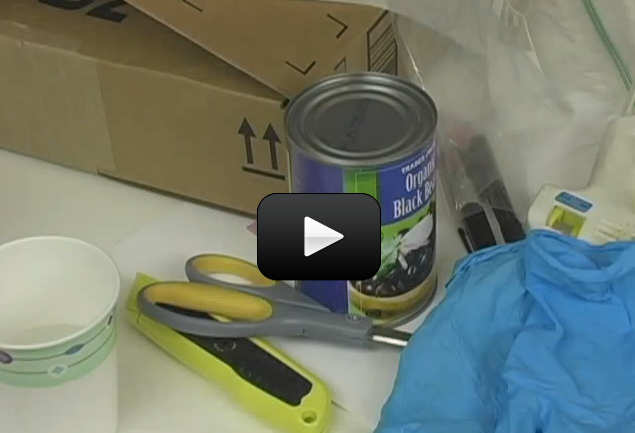

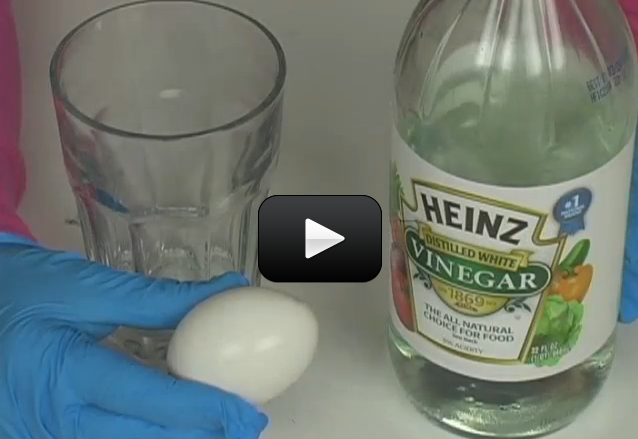
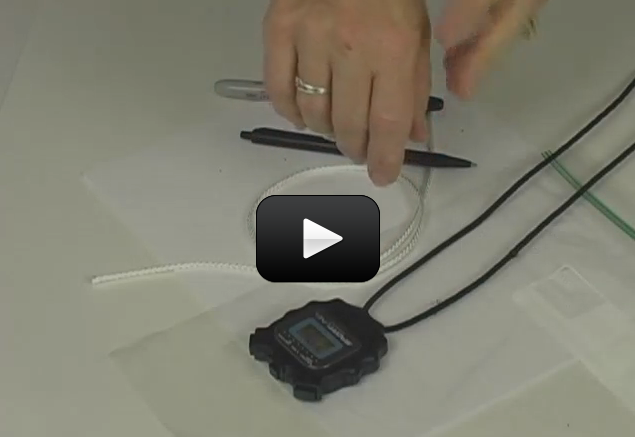
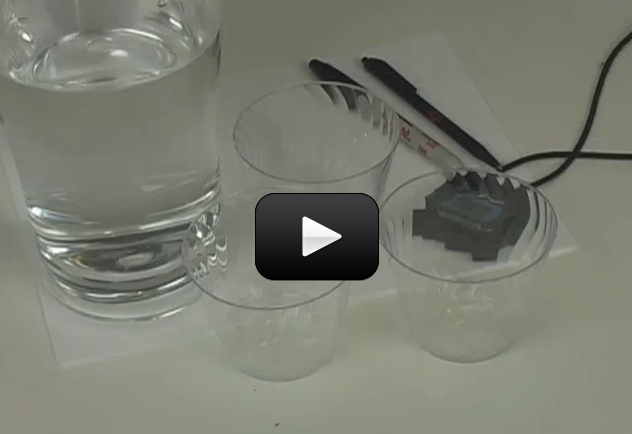
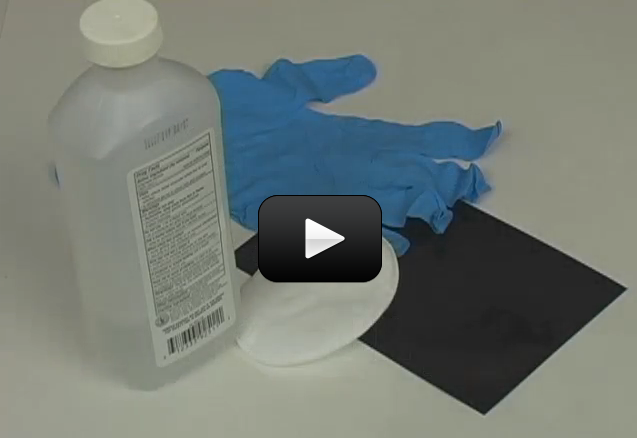
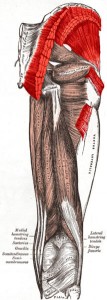
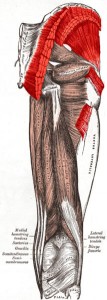 The muscles in your body allow you to move. In this lab we will do two quick experiments to explore how your muscles work.
The muscles in your body allow you to move. In this lab we will do two quick experiments to explore how your muscles work.